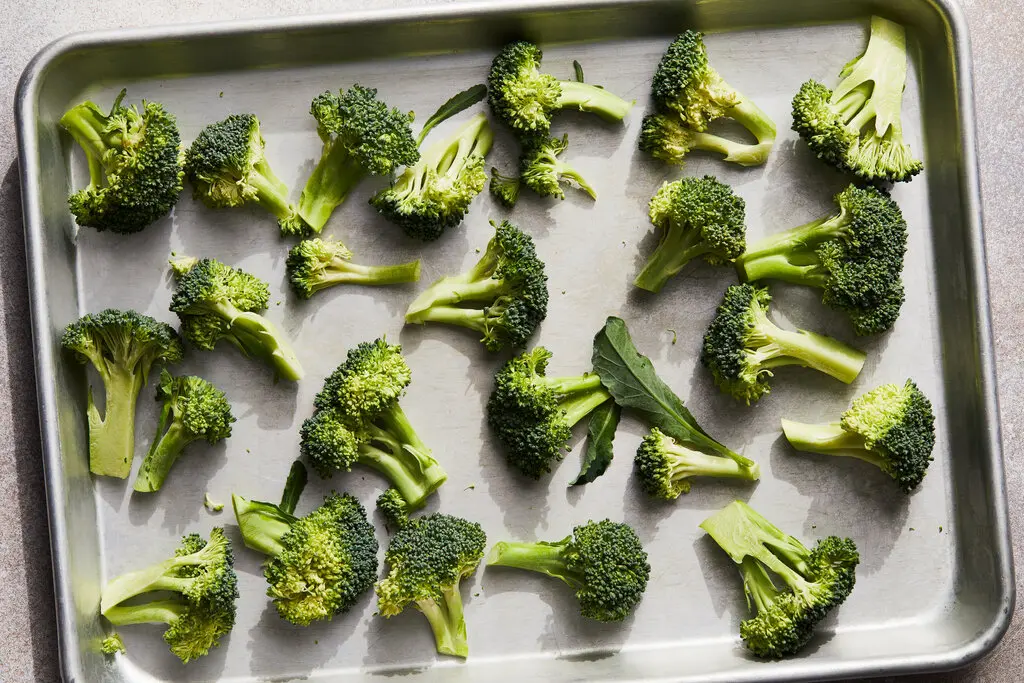
Why Some Foods Freeze Better Than Others According to Kenji López-Alt
- by dgihost.com
Welcome to Ask Kenji, where renowned cookbook author Kenji López-Alt answers your culinary queries. In this debut column, we explore the fascinating realm of freezing foods and the secrets behind why certain foods fare better in the freezer.
The Reader’s Question: Q: I’m curious why quickly freezing peas would affect how much cell walls break. I would have guessed the water expands just as much regardless of how quickly they freeze, but maybe I’m missing something?
Kenji’s Insight: A: The magic lies in the freezing process. Quick freezing plays a pivotal role in preserving the texture and flavor of foods, especially peas. Let’s uncover the science behind it.
Freshness Matters: One reason frozen peas excel is their freshness. Prompt blanching after harvest halts the conversion of sugars into starches, ensuring sweetness and consistency upon thawing.
Understanding Cellular Structure: Examining the cellular structure of peas reveals the impact of water pressure. Like water-filled balloons, cells maintain firmness. The challenge arises during freezing when ice crystals can damage cell walls, leading to a mushy texture upon thawing.
Ice Crystal Formation: Water freezes by undergoing a phase change, transforming from liquid to solid. The size of ice crystals depends on the freezing rate. Slow freezing results in larger crystals that cause more cellular damage.
Size Matters: Drawing an analogy with Tinkertoys, Kenji explains that faster freezing produces numerous small ice crystals, limiting cellular damage. To illustrate, an experiment with diced and whole apples reveals the significant impact of size on freezing time and subsequent texture.
Practical Tips:
- For optimal freezing, dice fruits or vegetables and blanch them quickly.
- Use extremely cold liquids or blast chillers for commercial-like results.
- Spread food on a tray with ample space for air circulation.
- Choose conductive materials like aluminum for effective heat transfer.
Conclusion: Mastering the art of freezing involves understanding the nuances of size and speed. Whether you’re freezing peas or preparing meat, applying these insights can elevate the quality of your frozen foods. Kenji López-Alt’s expertise unveils the secrets to achieving the perfect texture and taste, offering a glimpse into the science that transforms your freezer into a culinary ally.
Unlock more culinary wisdom in upcoming Ask Kenji columns, where your burning questions find well-researched and tested answers. Stay tuned for a deeper dive into the whys of cooking with Kenji López-Alt.
Welcome to Ask Kenji, where renowned cookbook author Kenji López-Alt answers your culinary queries. In this debut column, we explore the fascinating realm of freezing foods and the secrets behind why certain foods fare better in the freezer. The Reader’s Question: Q: I’m curious why quickly freezing peas would affect how much cell walls break.…